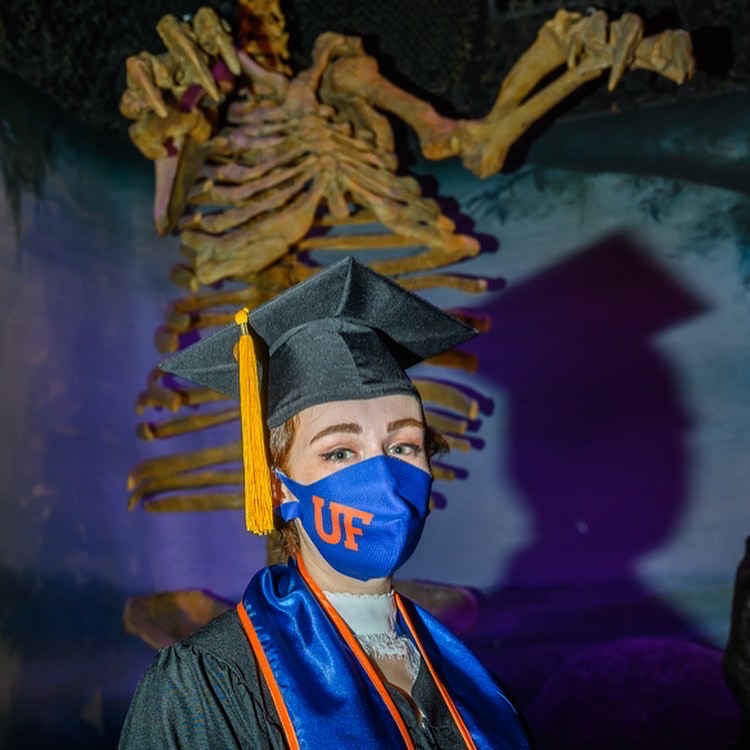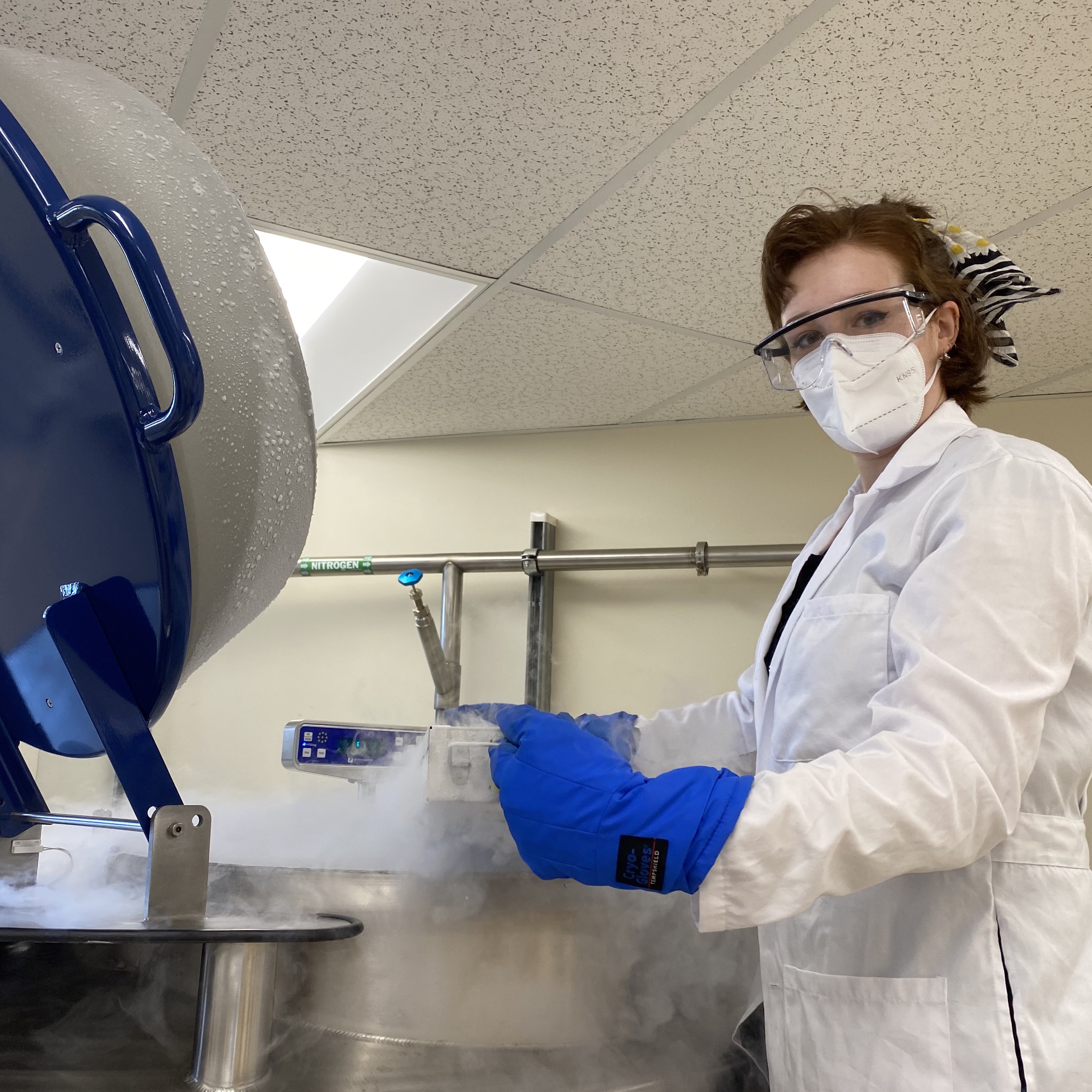Eve Nancy Rowland






Eve Rowland is a fourth year PhD student in the Gulisija Computational Biology Lab at UNM. Her research focuses on population genetics and understanding eco-evolutionary dynamics of populations impacted by climate change. Her current project focuses on understanding how the genetic storage effect (standing genetic diversity) in populations caused by spatial/temporal variation can help population rapidly adapt to environmental perturbations, such as those caused by climate change. Data is generated by developing computer simulations that are run using the Center for Advanced Research Computing (CARC) at UNM.
Before attending the University of New Mexico, Eve gained her Bachelor of Sciences in Zoology and her Bachelor of Arts in Anthropology from the University of Florida. While pursuing her degrees, Eve worked as an Education Assistant and a Curation Assistant in the mammal division of the Florida Museum. There she gained experience in teaching as well as curation techniques (including preparing and maintaining scientific specimens). She was a part of several research projects including those on the morphology of Peromyscus polionotus (Florida beach mice), the dental morphology of Alticola sp. (mountain voles of Pakistan), and survey research on the importance of museum specimens in biological research. The experience that she gained at the Florida Museum solidified a love for museums and a passion to conduct research using museum resources. After completing her PhD program, Eve hopes to work at a natural history museum where she can continue her computational biology related work.
American Society of Mammalogists Meeting 2022
Global climate change is leading to increased environmental variability, particularly temperatures and precipitation, which is forcing many populations to rapidly adapt or go extinct. Populations are more likely to rapidly adapt to environmental change if selection acts on balanced genetic variation in populations. One evolutionary mechanism that could allow populations to maintain genetic variation is the storage effect. The storage effect occurs when a subset of individuals is under reduced selective pressure compared to the rest of the population, effectively storing genetic variation. Previous studies have shown that storage effect is possible under a variety of population dynamics but did not explore storage effect in populations whose sizes are allowed to vary or to decrease to extinction. Hence, we do not know if the storage effect can evolutionarily rescue populations from extinction. Here we expand on a previous model of the spatial-storage effect to model varying population sizes, including logistic population growth, and evolve populations forward-in-time in silico. We examine the model under a range of varying selection strengths and periodicities, migration rates, and mutation rates. Preliminary results indicate that populations with storage effect have an increased rate of persistence than those where it is absent, which may lead to evolutionary rescue in natural populations. This is particularly relevant for structured populations that experience multiple litters per year, as seen in many rodent populations.

American Society of Mammalogists Meeting 2021

American Society of Mammalogists Meeting 2019
This lecture was given in 2020 as part of a teaching course that I took during my second semester at UNM. The lecture focuses on how museums can be used in research.

The main function of the application is to display data about museum specimens from the Herbarium and Mammal Division of the Museum of Southwestern Biology. Data was obtained by downloading collections data from Global Biodiversity Information Facility, which stores all of the collection records for museums across the US (GBIF). Users will be able to sort data based on Genus of specimen and/or type of specimen. Each specimen will have the Museum ID number associated with it so that more information about individual specimens can be accessed through the MSB database.


If you have any questions or would like to follow my research via social media...
Email: erowland@unm.edu
Social Media: @museumeve